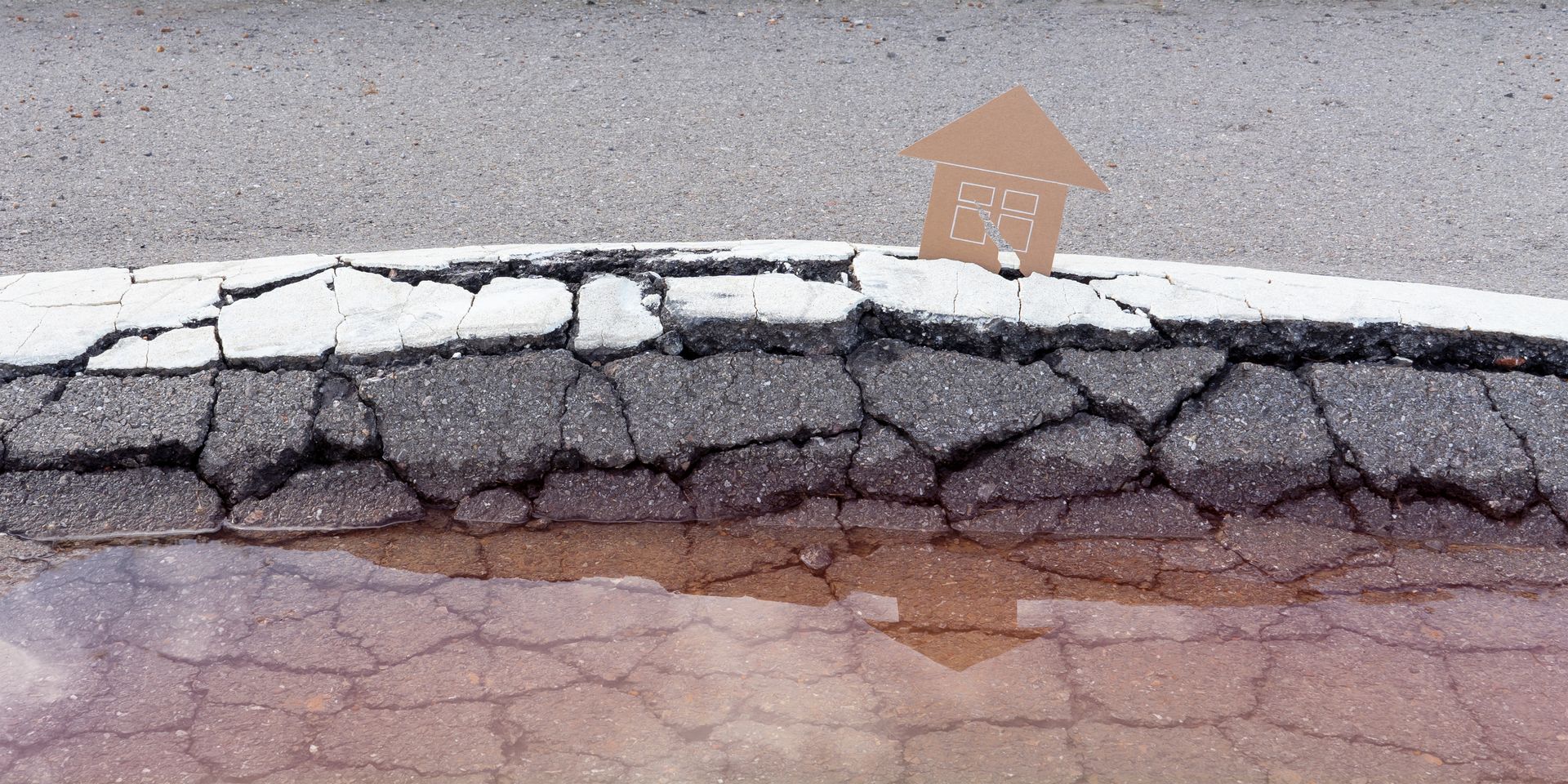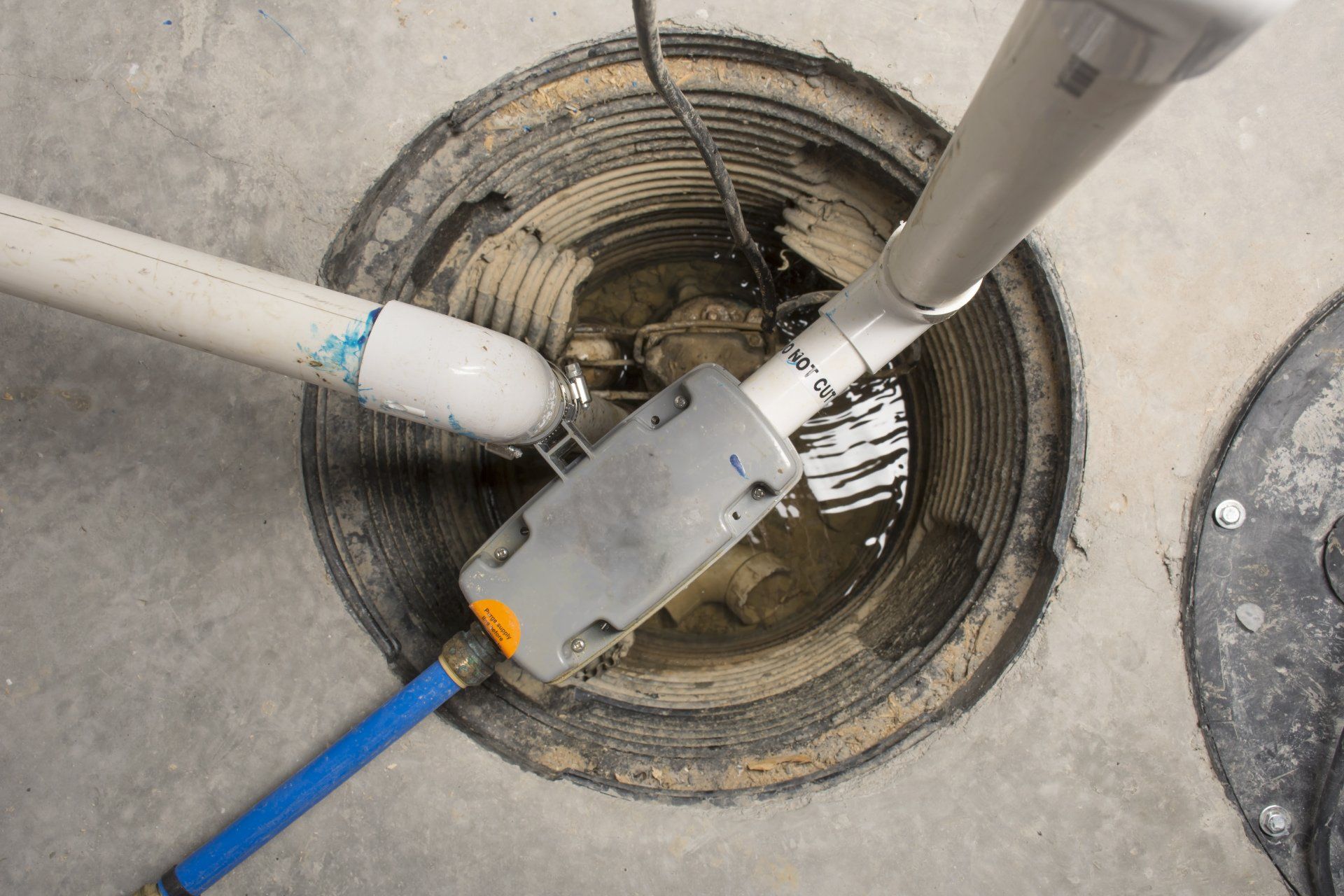My Foundation is Crumbling - Should I Repair It?
10 Signs Your Foundation Needs Repair

A cracked foundation is not just unsightly; it's a sign of warning that the integrity of your home is at stake. Foundations have to withstand years of strain, from soil shifts to water damage, and even a tiny issue can be a big headache if left unattended. But when are you supposed to fix it?
From cracks in the wall to sagging floors, there are signs your foundation needs attention. Making the decision about whether to replace or fix it is daunting, but taking action sooner rather than later will result in saving both time and money.
Signs Your Foundation Needs Repair
Your foundation may not collapse overnight, but the warning signs tend to sneak in unnoticed.
Overlooking them can result in more significant structural problems and expensive repairs. Here are a few signs that your foundation needs repair:
Cracks in Walls or Floors
Walls or floors that crack may seem insignificant, but typically are indications of significant
foundation issues. Settling is normal and may result in vertical cracks, but horizontal or stairstep
cracks that are extensive point to movement or uneven pressure on your foundation. Watch cracks that form slowly or rapidly, as these are likely to be indications that immediate repair is necessary.
Uneven Floors
If your floors slope or have dips, this could be a sign that the foundation is sinking or moving. Sloping floors are often not noticed until they become more extreme, but they can impact furniture stability and even create tripping hazards. Look for changes in slope in different areas of your home with a level or simple tools, such as by rolling a ball.
Sticking Doors or Windows
Do your doors require more pressure to close, or do windows won't slide smoothly? Settling foundations can push door and window frames out of square, making them stick. This can lead to structural stress and ruin the frames or the surrounding walls, making the gaps and air leaks larger with time.
Gaps Around Window or Door Frames
Visible gaps between door or window frames and the adjacent walls are a sign of foundation stress. These gaps not only make your house less energy-efficient by providing drafts, but they also lead to water intrusion, which further weakens the structure.
Water Intrusion in the Basement
Basement dampness is more than an annoyance—more like a warning signal for the foundation. Water that enters through cracks in the foundation or damaged drainage systems can potentially weaken the material, promote mold, and destroy nearby insulation. Look out for water stains, odors, or puddles. Taking care of the water problem in the initial stages can avert expensive repairs later on, and it never hurts to hire professionals if you are not sure of the proper actions.
Bowed or Leaning Walls
Bowed or leaning inwards walls are an important indication of an excess lateral pressure overload on your foundation. Bowed walls can be the consequence of spreading soil, faulty backfilling, or improper drainage, endangering your building as a whole. Cracks typically follow bowed walls, and such cracks have to be acted upon at once to prevent collapse.
Chimney Leaning or Separating
A tilting chimney is one of the most visible signs of an unlevel or settling foundation. This issue not only endangers the structural integrity of the chimney but also creates openings for water to penetrate. Addressing the issue at an early stage can prevent costly repairs to both the foundation and chimney.
Cracks in the Foundation Itself
Whenever cracks in your basement become visible to you, generally this is something that simmers on in your house. Hairline fractures can be observed, yet any horizontal, wide openings or leaking cracks mandate right away expert inspections to help recognize the issue at hand.
Separation Between Walls and Ceilings
Notice spaces between where the wall and ceiling connect? This is typically due to a foundation
settling unevenly. These spaces continue to grow as time passes and lead to issues with drywall, paint that peels off, and more structural weakening to your home.
Sagging or Shifting Crawl Space
Crawl spaces are not seen but not forgotten. A sagging crawl space, often the result of uneven
supports or soil settlement, can be detrimental to floors above. Look for water accumulation, sagging beams, or cracking supports, as these could be signs of underlying foundation
problems.
Should You Repair or Replace It?
Once your foundation is exhibiting damage, the second million-dollar question is whether to replace or repair it. Each choice has its own advantages, and which one is appropriate is a function of the level of damage, the underlying cause, and your long-term objective for the property. Let's take a closer look:
Repairing the Foundation
Repairs are generally the better option when the damage is minimal to moderate. Some of the common repair methods include crack injection, piering (underpinning), slab jacking, drainage
correction, and wall anchors or braces.
Repairs are ideal when the damage is concentrated and has not spread much. When the integrity of the foundation's structure is still in great shape and you need a less expensive, quicker option, repairs are usually the way to go.
Replacing the Foundation
Foundation replacement is a more serious and expensive solution, typically reserved for extreme cases. It involves lifting the structure, removing the damaged foundation, and constructing a new one.
When extensive damage cannot be repaired or the foundation is in disintegration or decay and
cannot be salvaged, replacement is the only choice. It's also the correct choice when long-term stability is needed, especially in older buildings.
Factors to Consider
Before reaching your decision, it is better to think about how extensive the damage is, how expensive it is, and how much time is needed. Repairs are cheaper and faster but might not fix all the underlying problems, which will cost more later on. Alternatively, replacement gives a more long-term solution but costs more money and time.
Foundation issues can be overwhelming, yet addressing them beforehand ensures your home is stable and secure. Depending on whether repairs or replacements are needed, expert consultation is the way forward. If you're ready to take action, PierMagic Foundation Specialists strives to provide sensible foundation solutions. Get in touch with us today for a full assessment and professional consultation tailored uniquely for your residence.




